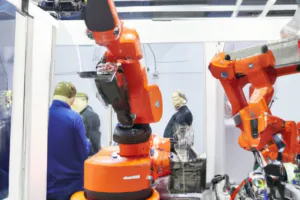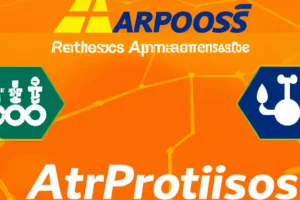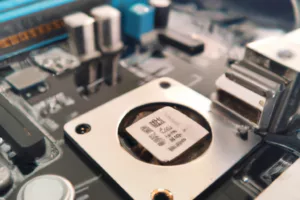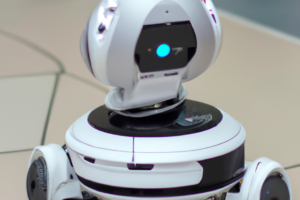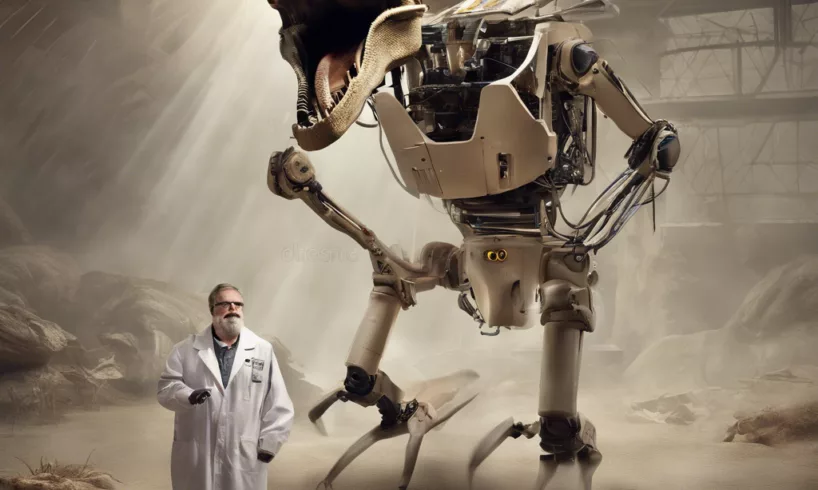
A Robotic Replica of an Extinct Ancestor of Modern Starfish Sheds Light on Ancient Ocean Life and Inspires Future Engineering Innovations
A team of interdisciplinary researchers has achieved a remarkable feat by creating a robotic replica of Pleurocystites, an extinct ancestor of modern starfish. This innovative blend of robotics and paleontology has not only provided insights into the evolution and locomotion of this ancient marine invertebrate but also holds potential for future advancements in engineering and design.
The Pleurocystites Enigma
Pleurocystites, a genus of marine invertebrate, lived about 450 million years ago during the Paleozoic era. Despite being abundant in the fossil record, very little is known about their life or locomotion. This bizarre creature had a hard, calcified central body with three appendages, and it is believed to be one of the first groups of echinoderms capable of free motion.
From Fossils to Robotics
The research team analyzed the fossil record and used computer modeling to create their robot designs. They went through numerous iterations, changing various design elements to determine the most likely mode of locomotion for Pleurocystites. The resulting robot model provided a plausible explanation for the locomotion of Pleurocystites, and its proportions closely matched the fossil record.
Robotics Inspired by Nature
This study is a part of a larger trend where engineers take inspiration from nature. From synthetic materials that mimic octopus skin to gecko-inspired adhesives, nature has been a rich source of inspiration for innovative designs. The Pleurocystites robot, in particular, has prompted new ideas for combining soft and rigid robotic components.
Limitations and Future Directions
Despite the success of the study, it is important to note that the Pleurocystites robot is a best guess, and not definitive proof of how these extinct animals moved. The researchers are keen to test the robot on different substrates, as different ground conditions could drastically alter what's most advantageous for movement.
Implications for Paleontology and Robotics
The Pleurocystites robot represents a significant step in studying these echinoderm fossils. It not only sheds light on the life of a long-extinct creature but also demonstrates the potential of robotics in answering long-standing questions in paleontology. The blend of paleobiology and bioinspired robotics also holds potential for future engineering innovations.
The Pleurocystites robot is a testament to the power of interdisciplinary research. It not only provides a glimpse into the past life of an extinct creature but also paves the way for future innovations in robotics and engineering. The study is not a complete exploration of all the Pleurocystites possibilities, but it represents an important first step. As we continue to explore the mysteries of the past, we can also look forward to the technological advancements these discoveries may inspire.

Alejandro Rodriguez, a tech writer with a computer science background, excels in making complex tech topics accessible. His articles, focusing on consumer electronics and software, blend technical expertise with relatable storytelling. Known for insightful reviews and commentaries, Alejandro's work appears in various tech publications, engaging both enthusiasts and novices.
Follow us on Facebook



